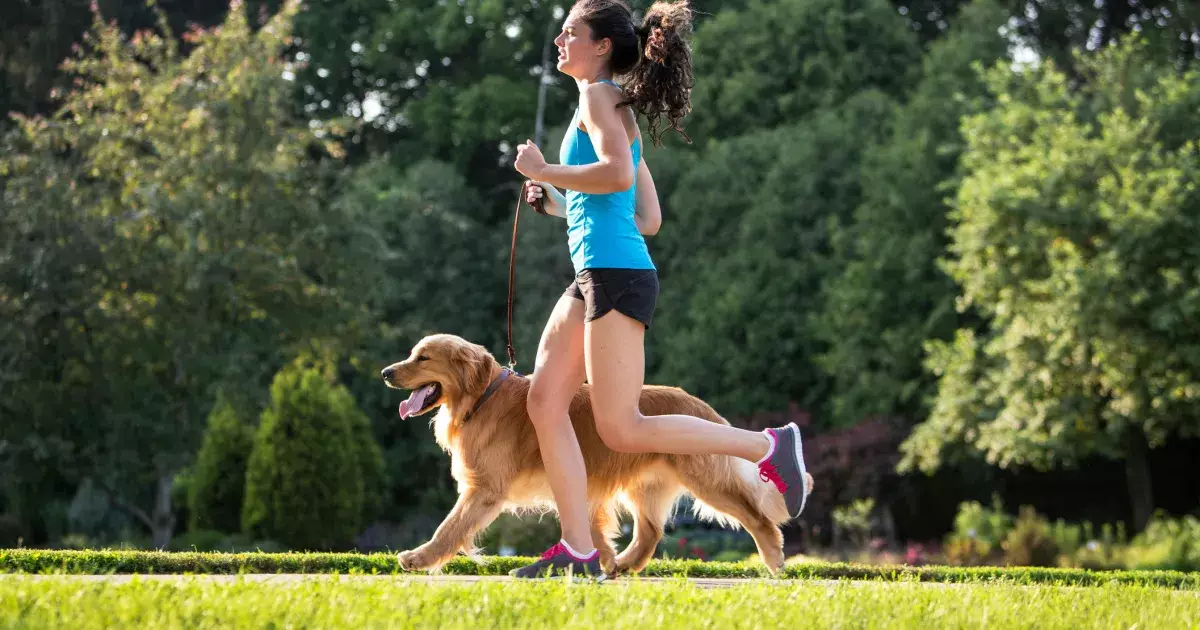The decision to spay or neuter a dog is common among pet owners, primarily due to the myriad of health benefits associated with these procedures. While spaying and neutering can lead to a longer and healthier life for dogs, they come with challenges, most notably the risk of weight gain. This article explores the connections between these surgical interventions and canine weight management, highlighting the crucial role of responsibility in pet ownership.
Spaying and neutering provide essential health advantages. For instance, they significantly lower the risks of certain cancers and infections that could affect a dog’s reproductive system. This is especially pertinent for female dogs, who can face potentially life-threatening uterine infections and mammary tumors. Male dogs also benefit from a lower incidence of testicular cancer and reduced prostate issues. Overall, these procedures contribute to a better quality of life and longevity, which should be the primary focus of pet owners. However, as the conversation regarding these surgeries progresses, it is imperative to consider their side effects.
Despite the benefits, there are noticeable side effects, particularly concerning obesity. Studies indicate that spayed and neutered dogs exhibit a different appetite regulation, translating into a higher likelihood of overeating. Notably, male dogs that have been neutered may find it more challenging to self-regulate their food intake due to hormonal changes. Charlotte Bjornvad, a leading researcher in canine obesity at the University of Copenhagen, emphasizes that the propensity for weight gain can triple after neutering, especially in larger breeds. This revelation underscores the importance of vigilant weight management practices post-surgery.
The weight gain associated with spaying and neutering largely boils down to lifestyle choices. Pet owners hold significant power over their dog’s weight through diet and activity levels. It is critical to implement a structured feeding regimen rather than allowing free feeding, which can inadvertently encourage overeating. Conversely, an overly restrictive diet can lead to short-term satisfaction but long-term behavioral issues, thus striking a fair balance is essential. Treats, while enjoyable for dogs, should be provided in moderation, and pet parents should consult with veterinarians to ensure that their pet’s caloric needs are being met appropriately.
For new dog parents, understanding the warning signs of obesity is crucial. An overweight dog may exhibit a pronounced roundness when viewed from the side or above, and their ribs may be difficult to feel through a layer of fat. Recognizing these signs early can prevent the long-term health complications associated with obesity. Regular vet check-ups can help track weight and health metrics, offering an opportunity to discuss dietary adjustments or increased exercise when necessary.
Exercise should become an integral aspect of a dog’s daily routine following spay or neuter surgery. Engaging in physical activities, like long walks or interactive play sessions, not only aids in weight management but also fosters a strong bond between the pet and owner. Dogs are social creatures that thrive on interaction, so incorporating playtime into their routine is beneficial for both their physical and mental health. A sedentary lifestyle can compound weight issues, making an active routine even more vital.
While spaying and neutering provide vital health benefits, the possibility of weight gain requires proactive management from dog owners. This includes maintaining a proper diet, monitoring weight, recognizing signs of excess weight, and ensuring daily physical activity. By embracing these responsibilities, pet owners can delight in the joy and companionship their dogs provide, while also safeguarding their health and well-being. It’s an ongoing commitment that reaps benefits for years, affirming that proper care extends well beyond the veterinary clinic.

